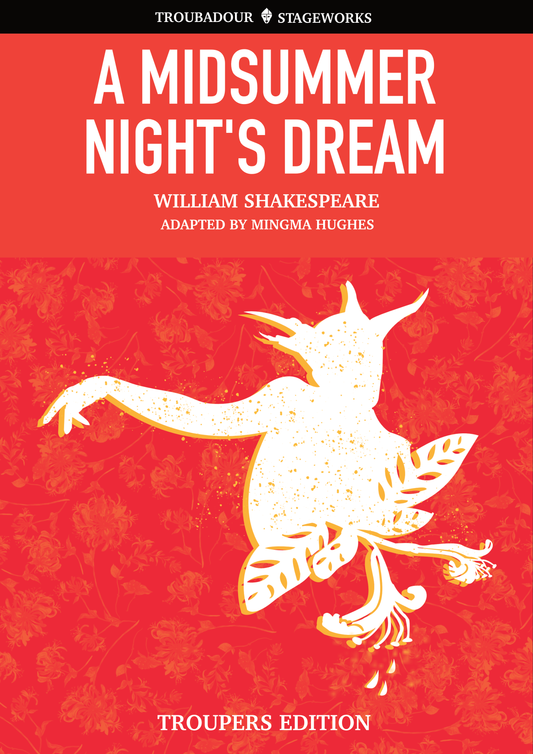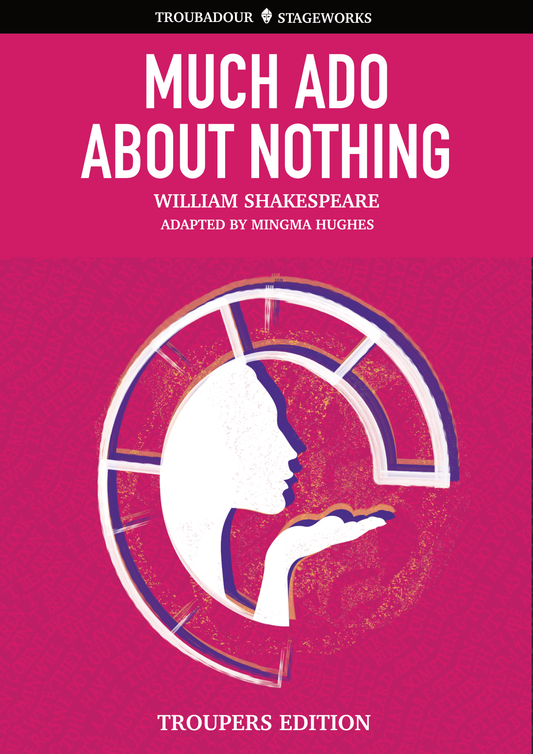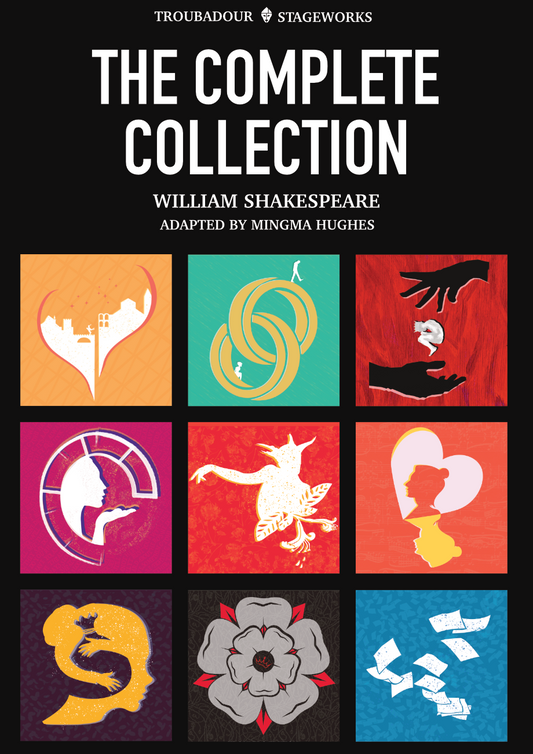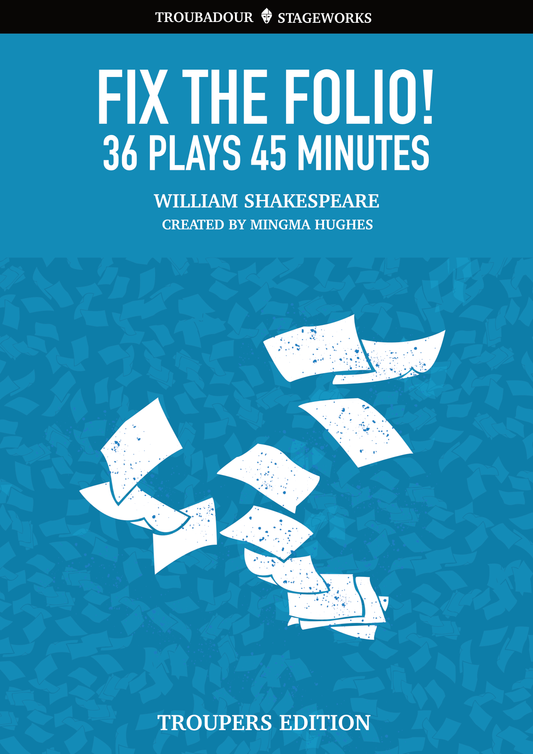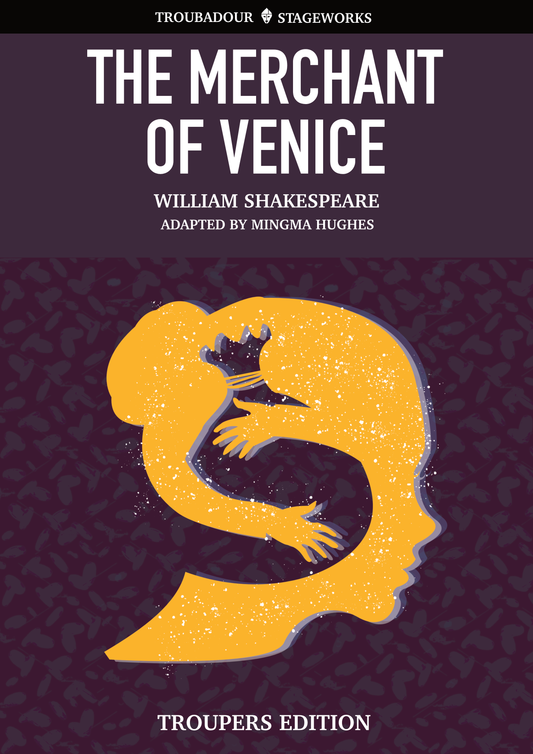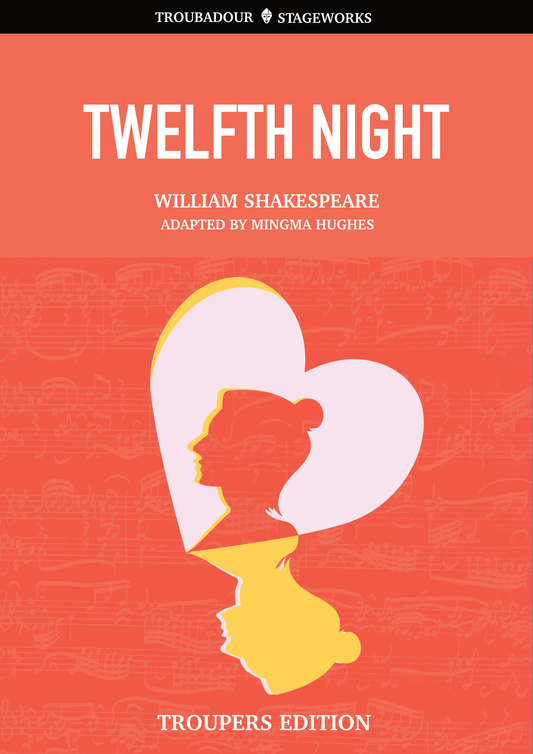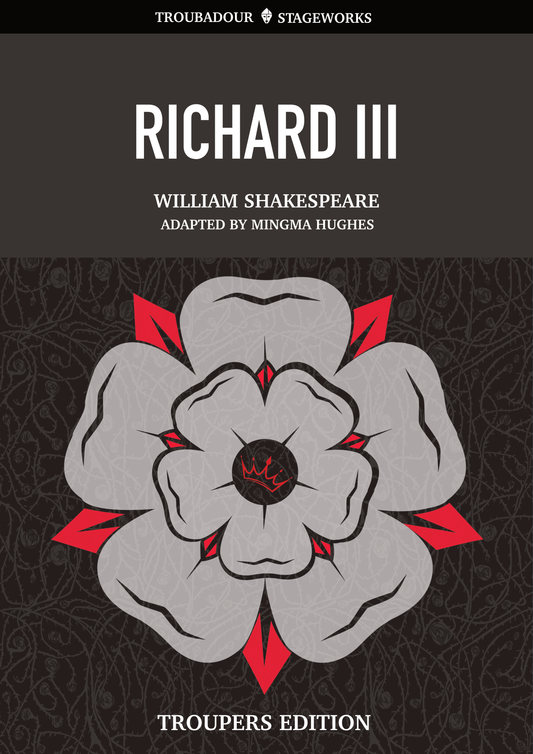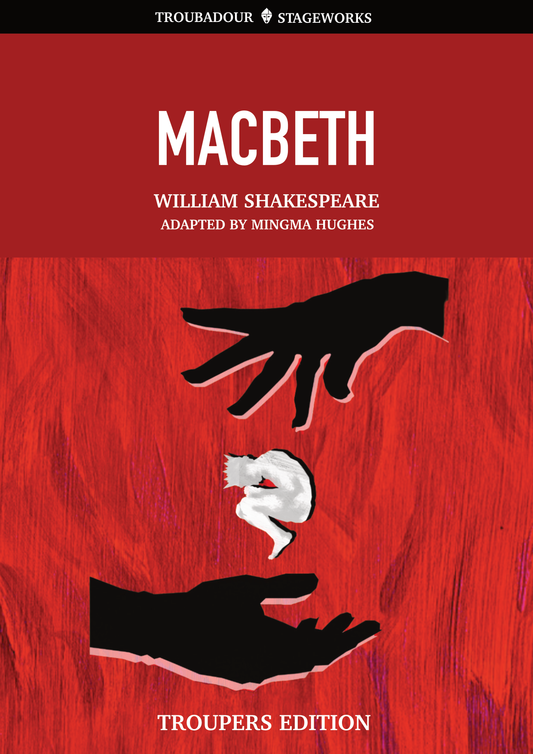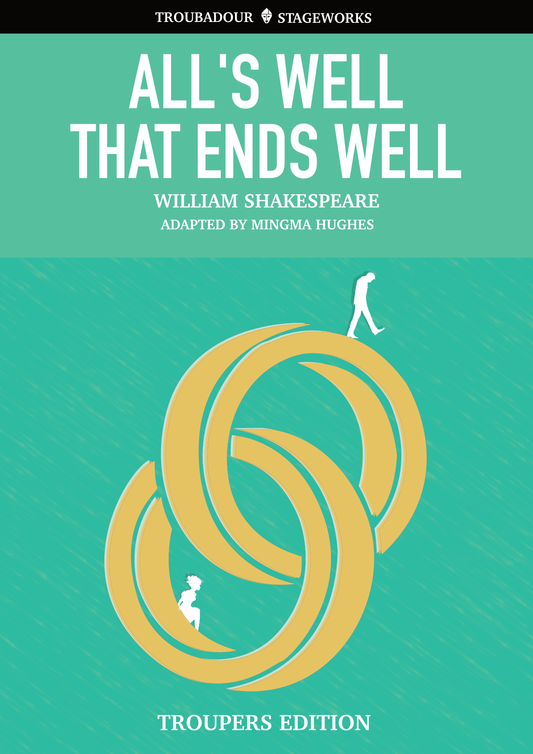Mary Frith (1585(?)-1659), also known as ‘Moll Cutpurse’, lived a life that was anything but boring. In fact, she was wonderfully and consistently notorious from the moment she entered the public eye.
It is insanely impressive how successfully Mary managed to live on her own terms, at a time when very few women were able to do so. Even the other women we’ve looked at so far in this series had to work relatively within accepted conventions to succeed, and came from extremely privileged backgrounds. Mary Frith did not.
She came almost out of nowhere, first appearing on record as a pickpocket, or ‘cutpurse’, in the early 1600s. Before long she began to develop a reputation for unashamedly wearing men’s clothing and smoking a pipe - a persona she built upon with her comedy performances in taverns, where she’d even sing, dance, and play her lute to bawdy songs and joke with the audience. This was, of course, all unlicensed - women were not officially allowed to perform onstage until 1660, almost 50 years later.
Mary became famous enough that Thomas Middleton and Thomas Dekker wrote a play about her called ‘The Roaring Girl’ performed at the Fortune Theatre in 1611. Not one to sit back and let other people play at being her, Mary got involved, performing an after-piece for the show on more than one occasion, and perhaps even stepped in once or twice to play herself onstage.
She managed to make independent income primarily from fencing stolen goods and matchmaking both male and female prostitutes with wealthy individuals. Her particular success was in organising liaisons for frustrated noble women who the sex industry did not usually cater for.
It wasn’t easy to live as she did, and she was arrested on several occasions, as often for the way she dressed and behaved as for her activities as a highwaywoman and thief. She was often accused of being a prostitute because she wore men’s clothing but denied it adamantly. Mary even got married just to prove the point - she married Lewknor Markham, a man there is no evidence she was ever involved with romantically, which provided her with some protection from the law.
The worst punishment she suffered was a stay in Bethlem Mental Hospital, which claimed to have ‘cured’ her in 1644. Their ‘cures’ were unlikely to have been anything short of torture. Mary survived, however, and lived until she was in her 70s, eventually dying of dropsy in 1659.
Her fame far outlived her, and continues to today - several biographies were written after her death and she’s had a bit of a reawakening in the past few years, with the RSC even performing ‘The Roaring Girl’ in 2014.
Article and Artwork by Jasmine Silk
First published 30/03/2021


